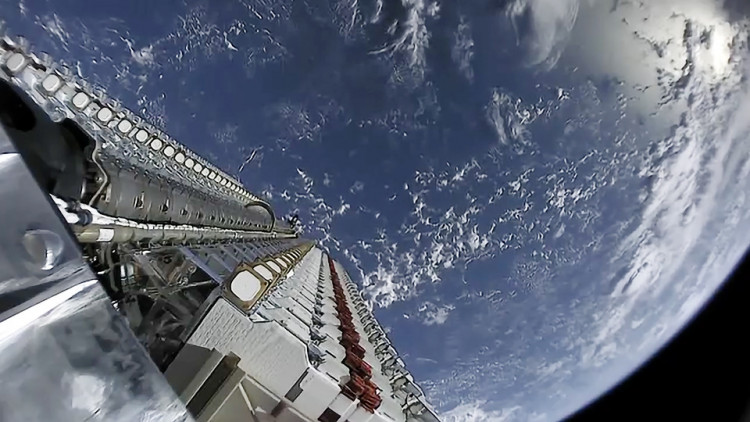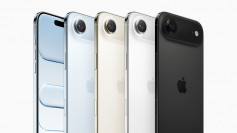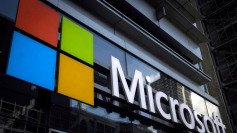The number of astronomers' images damaged by streaks of reflected sunlight created by SpaceX's satellites has skyrocketed, a new study has found.
Last week, SpaceX launched 49 more satellites, bringing the total number of satellites in the constellation to almost 1,800. Elon Musk's company has received authorization to launch a total of 12,000 Starlink satellites for broadband connectivity.
However, astronomical observations may be harmed by the satellite-clogged space. The International Astronomical Union (IAU) has established the IAU Centre for the Protection of the Dark and Quiet Sky from Satellite Constellation Interference to assist with this effort. This organization aims to assist not only astronomers but also satellite operators from many countries in resolving these difficulties.
"The IAU embraces the principle of a dark and radio-quiet sky, not only as essential to advancing our understanding of the Universe of which we are a part, but also for the cultural heritage of all humanity and for the protection of nocturnal wildlife," the IAU said in a statement.
Because satellite constellations reflect sunlight and create bright streaks of light, they can have an impact on astronomical studies. These light streaks might cause problems for astronomers looking for objects in the night sky.
The Zwicky Transient Facility (ZTF) at Palomar Observatory in California expressed special concern, claiming that the brilliant appearance of the Starlink satellites is interfering with twilight studies. This might make searching for comets and asteroids more challenging.
Scientists believe that after the Starlink constellation reaches a size of 10,000, almost all ZTF images captured during twilight may be compromised.
Satellites "have the potential to interfere with grounding artificial satellite-based observations by increasing the complexity of differences from natural objects like asteroids and comets," a NASA representative told The Wall Street Journal.
The researchers conclude that the possibilities of streaks obstructing the detection of deadly asteroids are still slim. However, as more and more Starlink satellites are placed in orbit, the number of photos damaged by satellite tracks is frighteningly expanding, they stated.
The IAU hopes that this center will assist in addressing issues related to the expanding number of satellite constellations. It will give tools and information on the "negative impact of satellite constellations on ground-based optical and radio astronomy observations as well as humanity's enjoyment of the night sky."
Other astronomical organizations, including the U.K.'s Royal Astronomical Society, have already expressed their support for the center. Members of the center are largely based in Tucson, Arizona, and Jodrell Bank, near Manchester, England, but it will serve institutions and individuals worldwide.





